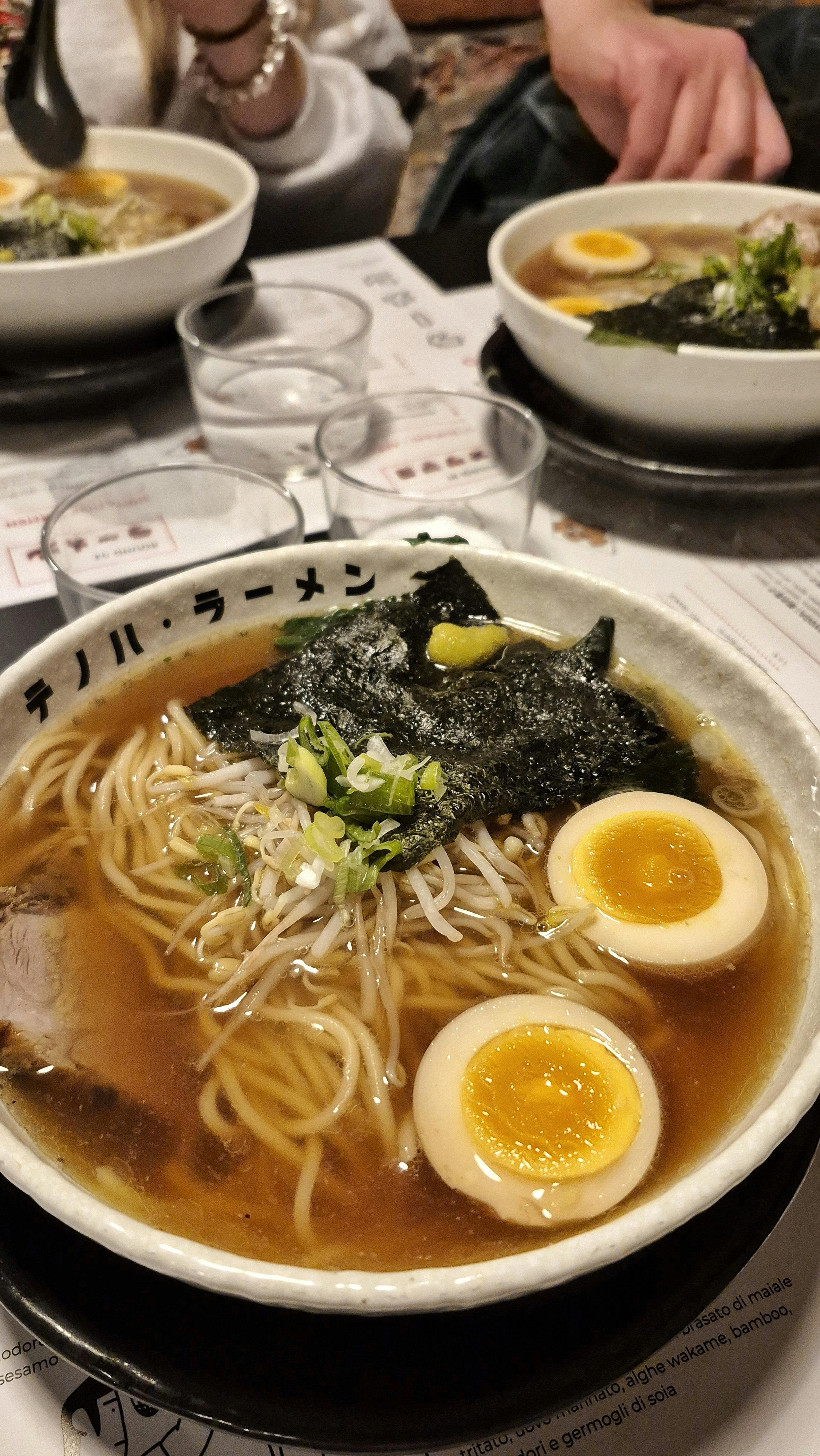How to Make the Perfect Gin and Tonic: A Simple Guide for 2025
The gin and tonic is a classic cocktail renowned for its refreshing taste and irresistible fizz. Perfect for summertime gatherings or a relaxing evening at home, this drink has become a staple of cocktail culture. With just a few simple ingredients—premium gin, high-quality tonic water, and a hint of garnish—you can elevate your sipping experience. In this guide, we'll explore the best practices for creating a delicious gin and tonic, along with tips to customize your drink to suit your taste preferences.
Understanding the importance of ingredient quality and proportions will help you craft the perfect cocktail every time. We'll also touch on popular gin brands, tonic water options, and garnishes that enhance your drink's flavor profile. Whether you’re a novice mixologist or an experienced bartender, this guide will give you everything you need to impress at your next social gathering or to simply enjoy a well-crafted beverage at home.
Let's dive deeper into the components of this delightful drink, ensuring you have all the knowledge to master your gin and tonic skills in 2025.

Essential Ingredients for the Best Gin and Tonic
To start crafting your ideal gin and tonic, it’s important to consider your ingredient selection. The right gin plays a crucial role in setting the drink's foundation, while tonic water enhances the overall flavor.
Selecting the Right Gin
Choosing a premium gin is one of the most critical steps to achieving a delicious drink. Look for brands that emphasize quality and craftsmanship. Smooth gins infused with botanical flavors can provide exquisite taste sensations, enhancing the entirety of your beverage.
Some popular gin brands to consider include Tanqueray, Hendrick's, and Bombay Sapphire. Each offers distinct flavor profiles, ranging from traditional herbal notes to more modern floral infusions. Experimenting with different gins can lead to exciting discoveries in flavor pairing.
Choosing the Perfect Tonic Water
The right tonic water complements gin and adds essential fizz. Opt for high-quality tonic brands like Fever-Tree or Q Mixers, as these often feature minimal ingredients and natural flavors, delivering a more authentic taste. Additionally, homemade tonic water can be a fun alternative, allowing you to craft a custom beverage experience.
Garnishing for Flavor Enhancement
Garnishing not only beautifies your drink but also elevates its taste. Classic garnishes include lime or lemon wedges, which add a refreshing twist. Other options include cucumber slices or herbs like rosemary, leading to exciting flavor combinations. Consider your own palate when selecting garnishes; tailor them to complement the specific gin you are using.
This naturally leads us to the next crucial aspect: the perfect ratio of gin to tonic water, which significantly impacts your drink's overall taste.
Finding the Perfect Ratio: Gin to Tonic
The classic gin and tonic ratio typically ranges from 1:1 to 1:3 gin to tonic, depending on personal preference and desired strength. Finding your ideal balance is essential for a refreshing drink that is neither too strong nor too diluted.
Determining Your Ideal Ratio
For a standard serving, try starting with 1 part gin and 2 parts tonic. This ratio provides a delightful balance of the spirit's botanical flavors while allowing the tonic’s bubbles to shine. If you prefer a stronger drink, increase the gin amount, or for a lighter sip, add more tonic.
Using a Cocktail Shaker for Mixing
While the gin and tonic is a straightforward drink, using a cocktail shaker can enhance the mixing process. Pour your gin and tonic into the shaker with plenty of ice, and give it a gentle shake to combine the flavors. This technique invites the carbonation from the tonic to interact more deeply with the gin, ensuring a harmonious blend.
Serving Chilled for Refreshment
Serving the drink chilled not only enhances the taste but also elevates the drinking experience. Use large ice cubes to slow down the melting process, maintaining the drink's refreshingly fizzy nature. A highball glass is ideal for serving gin and tonics, adding a touch of elegance to your cocktail presentation.
With the basic principles of ingredient selection and mixing established, let's explore how garnishing techniques can further elevate your drink.
Advanced Gin and Tonic Garnishing Techniques
Garnishing is an art that can take a simple gin and tonic to new heights. With effective techniques, you can customize your drink and create visually stunning presentations that are sure to impress.
<h3Creative Garnishing IdeasWhile lime and lemon wedges are traditional, explore alternative garnishes that offer unique flavor profiles. Consider using grapefruit slices for a bittersweet twist or fresh herbs like basil or mint for an aromatic touch. Many bars now incorporate sophisticated garnishing techniques, so don't hesitate to get a little creative.
Using Infused Spirits
For an innovative approach, consider infusing your gin with additional flavors ahead of time. Experiments with berries, botanicals, or spices can lead to delightful concoctions that enhance your drink's complexity. Use this infused gin as the base for your cocktail, balancing it with tonic water and garnishes that complement the infusion.
Presentation Techniques
The visual aspect of a cocktail cannot be underestimated. Invest in stylish drinkware that fits the mood of your gathering—think chic highball glasses or vintage-themed barware. The aesthetics and presentation can contribute to the overall drinking experience, making it not just about taste but also about atmosphere.
With these advanced garnishing techniques, you are well on your way to elevating your cocktail presentation. Next, let’s explore serving suggestions to ensure your gin and tonic shines at any occasion.
Serving Suggestions for Gin and Tonic
Serving your gin and tonic the right way can enhance its appeal. Whether you are hosting a casual gathering or a celebratory party, thoughtful presentation and serving techniques make a difference.
Casual Gathering or Cocktail Party
For a laid-back evening with friends, consider offering a build-your-own gin and tonic station. Provide a selection of different gins, tonics, and garnishes, allowing guests to customize their drinks to personal tastes. This interactive experience encourages mingling and creativity, making it a hit at the party.
Seasonal Themes
Seasonal themes can transform your gin and tonic serving. In the summer, opt for refreshing garnishes like mint and cucumber, while autumn might call for flavors like apple and cinnamon or other seasonal spices. Adapting drink presentations to seasonal vibes can create an engaging experience for your guests.
Pairing with Snacks and Appetizers
Consider pairing your gin and tonic with complementary snacks. Foods with citrus, herbs, or even spicy flavors harmonize well with the drink's profile. Tapas, cheese platters, or charcuterie boards can elevate the overall culinary experience, leaving your guests delighted.
These serving suggestions lead us to the final aspects of mastering gin and tonic preparation, including common mistakes to avoid and tips for perfecting your cocktails at home.
Common Mistakes to Avoid When Making Gin and Tonic
Even the simplest cocktails can fall victim to common pitfalls. Avoiding these mistakes will enhance your overall mixing skills and improve your cocktail expertise.
Overcomplicating the Drink
One of the most frequent missteps in cocktail making is overcomplicating what should be a simple drink. With gin and tonic, less is often more; focus on high-quality ingredients, keeping flavor enhancements subtle. Use garnishes to elevate rather than overpower.
Using Low-Quality Ingredients
Using subpar spirits or mixers can lead to a disappointing drink. Make a conscious effort to source premium gin and tonic water for the best results. Prioritize freshness in garnishes, as well, since these contribute significantly to your overall flavor experience.
Neglecting Temperature Control
The temperature of your drink is crucial for refreshing taste. Avoid serving gin and tonics that have warmed up, as diluted flavors can detract from the experience. Serve chilled and use larger ice cubes to maintain that optimal temperature longer.
As you become more familiar with the art of creating gin and tonics, it’s essential to master these common pitfalls. Now, let’s answer some commonly asked questions for those looking to further enhance their cocktail-making skills.
Q&A Section: Common Questions About Making Gin and Tonic
What is the best gin for making gin and tonics?
Choosing a high-quality gin significantly affects the drink's flavor. Brands like Tanqueray and Hendrick's provide an excellent foundation due to their unique botanical profiles.
How can I enhance the flavor of my gin and tonic?
Experimenting with garnishes and infused gins can create tailored flavor profiles. Using fresh herbs or fruits that amplify your gin's characteristics often enhances the overall taste experience.
What tonic water should I use?
Select a premium tonic water, such as Fever-Tree or Q Mixers, to ensure that your drink remains refreshing and well-balanced.
Can I make a low-calorie version of gin and tonic?
Yes! Opt for diet tonic water or soda water with fresh lime to create a lower-calorie version of this classic cocktail without compromising on flavor.
Why does garnishing matter in cocktails?
Garnishing adds a visual appeal and can enhance or complement the flavors of your drink. Additionally, it contributes to the overall sensory experience of enjoying your cocktail.
With this comprehensive guide, you're now equipped to perfect your gin and tonic in any setting. Whether for casual gatherings or sophisticated parties, mastering this classic cocktail can set you apart as a skilled mixologist among your friends. Cheers to delightful drinking!

